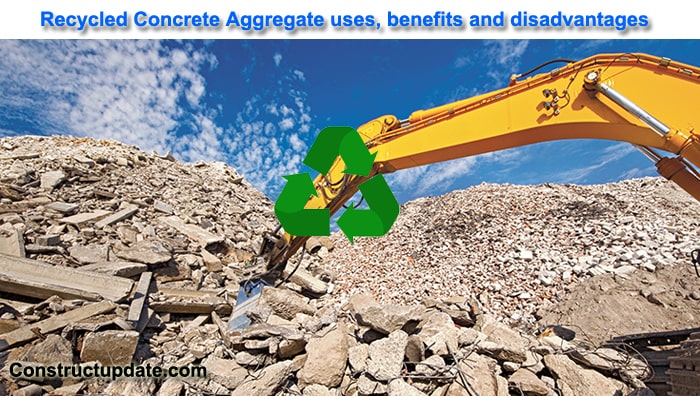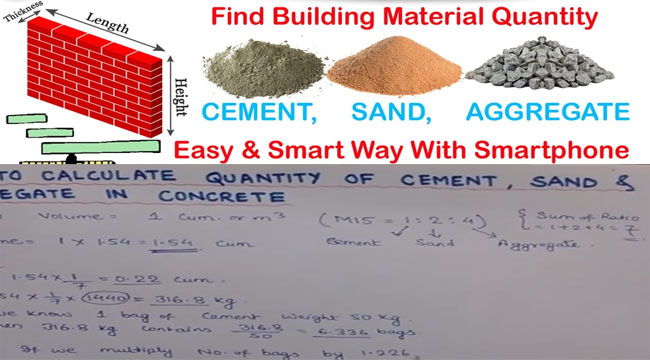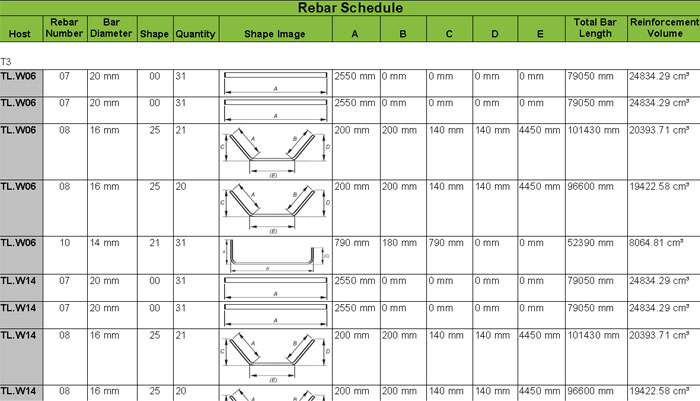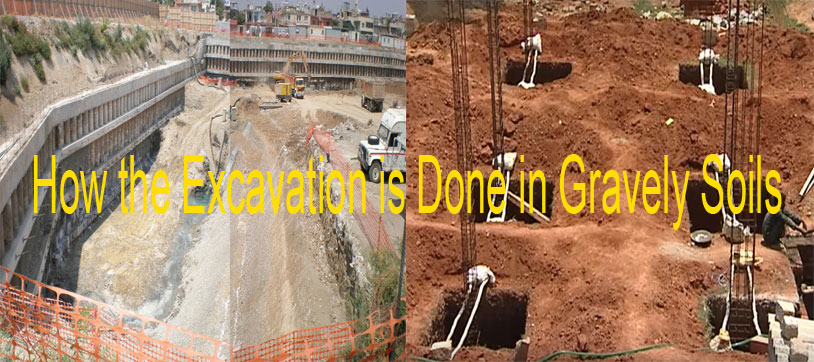Recycled Concrete Aggregates Formation, Importance, Benefits and Risk of Use
What is Recycled Concrete Aggregate?
Recycled concrete aggregates (RCA) are an alternative to natural aggregates in concrete ( NA ). Recycled concrete aggregates (RCA) are aggregates made from clean concrete waste that must contain very little – less than a few percent – other building waste.
Crushed gravel, recesses, retention walls, landscape gravel, or staples are frequently used to brand new concrete. The massive objects are frequently used as bricks or slabs, or are incorporated into structures with new concrete, creating what is known as urban tissue.
Concrete foundations, sidewalks, roads, and other concrete buildings are broken down in the early stages, which can be traumatising for a contractor working with a big volume of thick, serious materials. Concrete is recycled and reused in a variety of ways. Crushing concrete waste near demolition or vacancy is generally (but not always) used in this approach.
The most successful procedure is usually determined by the size and shape of the recycled concrete components. The use of recycled aggregates in the concrete industry and in the management of construction waste is undeniably important for long-term sustainability.
Recycled aggregates (RA) are a cost-effective alternative to natural aggregates that help to preserve the environment. One of the most important factors influencing the use of recycled aggregates is the variability in aggregation characteristics.

How Recycled Concrete Made?
Recycled concrete aggregate has gained popularity as a result of growing environmental regulations and the need to keep construction costs low. Because of its assimilated nature, it offers even greater economies of scale than normal aggregates.
Concrete that has been demolished is collected and processed by crushing devices. Larger rocks can be reduced to smaller rocks, gravel, or even dust by these machines. Before being fed into these machines, the concrete might be filtered for rebar, wood, or other metal bits.
Crushers come in a variety of shapes and sizes:
- Jaw crushers
- Cone crushers
- Compound crushers
- Gyratory crushers
- Mineral sizers
- Horizontal and Vertical shaft impactors
- Crusher buckets
To break down larger stones, most of these crushers use an impact force or a ‘tumbling’ mechanism.
Recycled Concrete Aggregates Benefits:
Recycling demolition concrete helps to protect natural stone resources, which is good for the environment. The technique consumes less energy and has a lower carbon footprint than mining. The decrease in transportation expenses is significant when concrete is created on the site where the material has been processed.
The contractor receives LEED or BREEAM points for using recycled concrete. The more LEED points that can be offered for a good recycling plan can mean the difference between winning and losing a project when tendering for work.
Crushed concrete aggregate has a faster initial set time, is less in weight, and is easier to install than fresh concrete aggregate. It has the same shrinkage properties as other concrete when the proportions are correct.
It is less expensive to use recycled concrete aggregate than it is to use virgin material. The circular economy has a lot of advantages when it comes to protecting our natural resources.
Disadvantages and Risk of using Recycled Concrete Aggregates
The aggregate, like anything else, comes with its own set of risks that constructors should be aware of:
- The structural integrity of the casts is compromised when a high concentration of aggregate is utilised, resulting in fissures and various flaws within the structure.
- The final product must be refined. Otherwise, it could lead to a slew of problems. The utilisation of reclaimed concrete for Highway 427 is a notable example of this. The presence of deleterious components in the final cast, such as gypsum, wallboard, drywall, and plaster, was owing to unrefined concrete aggregate, which resulted in fractures between lanes and an uneven road surface.
- Brittle concrete could be mixed in with the aggregate, causing grading to be uneven.
- To make the finished cast as strong as possible with natural aggregate, supplements must be added.
- To guarantee that the mix is refined, a visual assessment is required.





